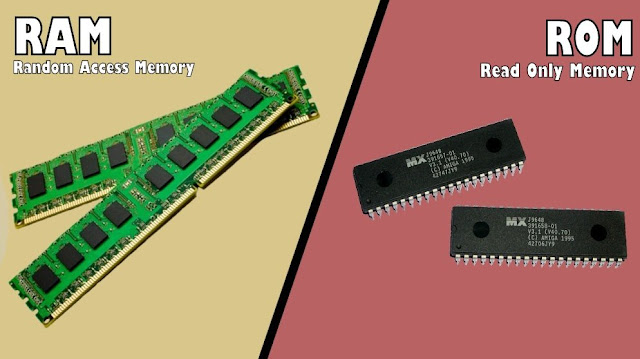The C programming language was devised in the early 1970s by Dennis M. Ritchiean employee from Bell Labs (AT&T).
In the 1960s Ritchie worked, with several other employees of Bell Labs (AT&T), on a project called Multics. The goal of the project was to develop an operating system for a large computer that could be used by a thousand users. In 1969 AT&T (Bell Labs) withdrew from the project, because the project could not produce an economically useful system. So, the employees of Bell Labs (AT&T) had to search for another project to work on (mainly Dennis M. Ritchie and Ken Thompson).
Besides assembler and Fortran, UNIX also had an interpreter for the programming language B. (The B language is derived directly from Martin Richards BCPL). The language B was developed in 1969-70 by Ken Thompson. In the early days computer code was written in assembly code. To perform a specific task, you had to write many pages of code. A high-level language like B made it possible to write the same task in just a few lines of code. The language B was used for further development of the UNIX system. Because of the high-level of the B language, code could be produced much faster, then in assembly.
A drawback of the B language was that it did not know datatypes. (Everything was expressed in machine words). Another functionality that the B language did not provide was the use of “structures”. The lag of these things formed the reason for Dennis M. Ritchie to develop the programming language C. So, in 1971-73 Dennis M. Ritchie turned the B language into the C language, keeping most of the language B syntax while adding datatypes and many other changes. The C language had a powerful mix of high-level functionality, and the detailed features required to program an operating system. Therefore, many of the UNIX components were eventually rewritten in C (the Unix kernel itself was rewritten in 1973 on a DEC PDP-11).
For years the book “The C Programming Language, 1st edition” was the standard on the language C. In 1983 a committee was formed by the American National Standards Institute (ANSI)
to develop a modern definition for the programming language C (ANSI X3J11). In 1988 they delivered the final standard definition ANSI C. (The standard was based on the book from K&R 1st ed.).
to develop a modern definition for the programming language C (ANSI X3J11). In 1988 they delivered the final standard definition ANSI C. (The standard was based on the book from K&R 1st ed.).
The standard ANSI C made little changes on the original design of the C language. (They had to make sure that old programs still worked with the new standard). Later on, the ANSI C standard was adopted by the International Standards Organization (ISO). The correct term should therefore be ISO C, but everybody still calls it ANSI C.













